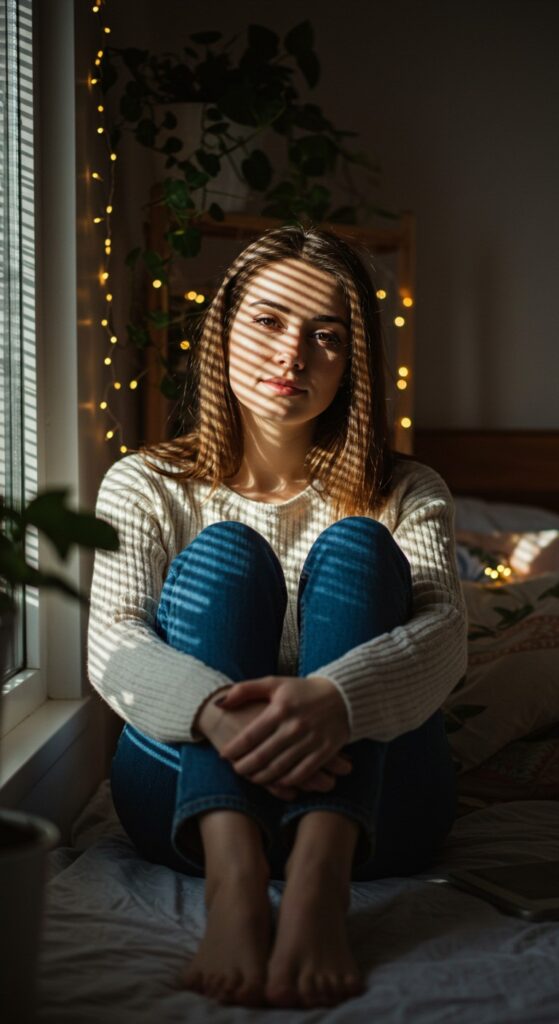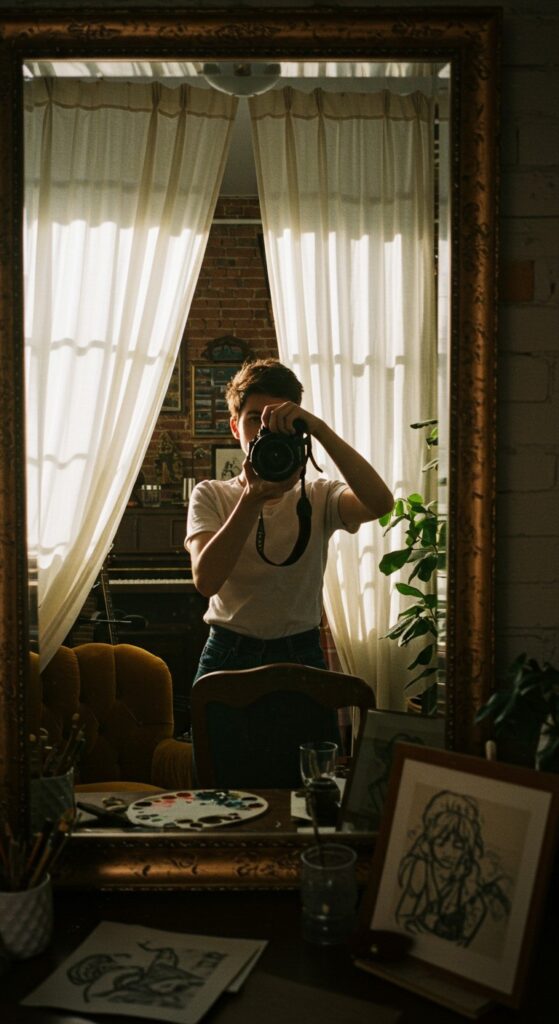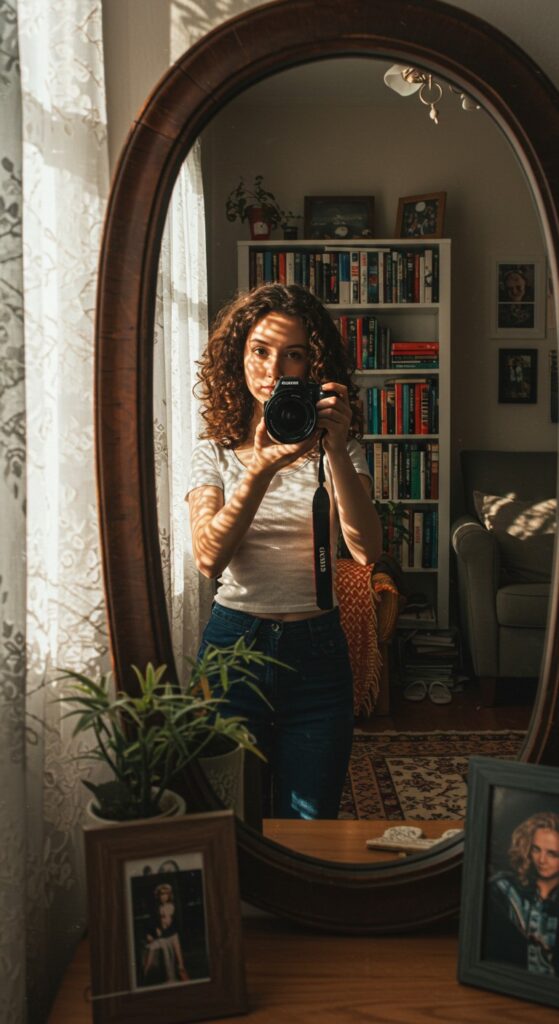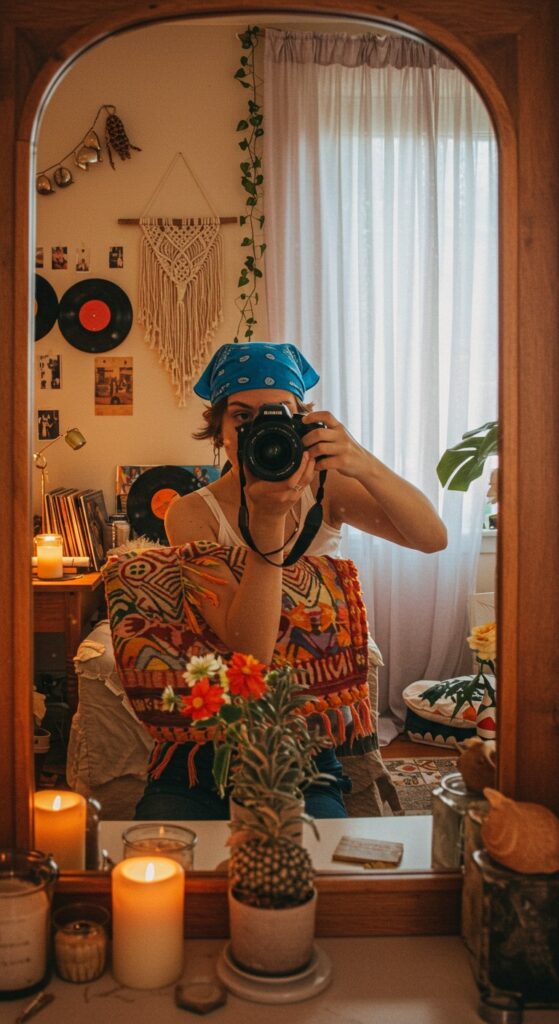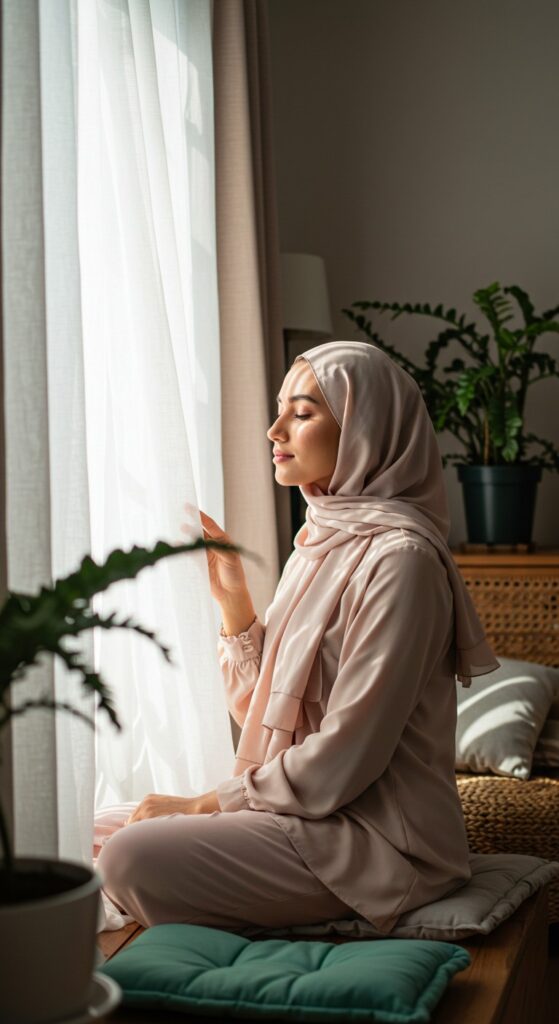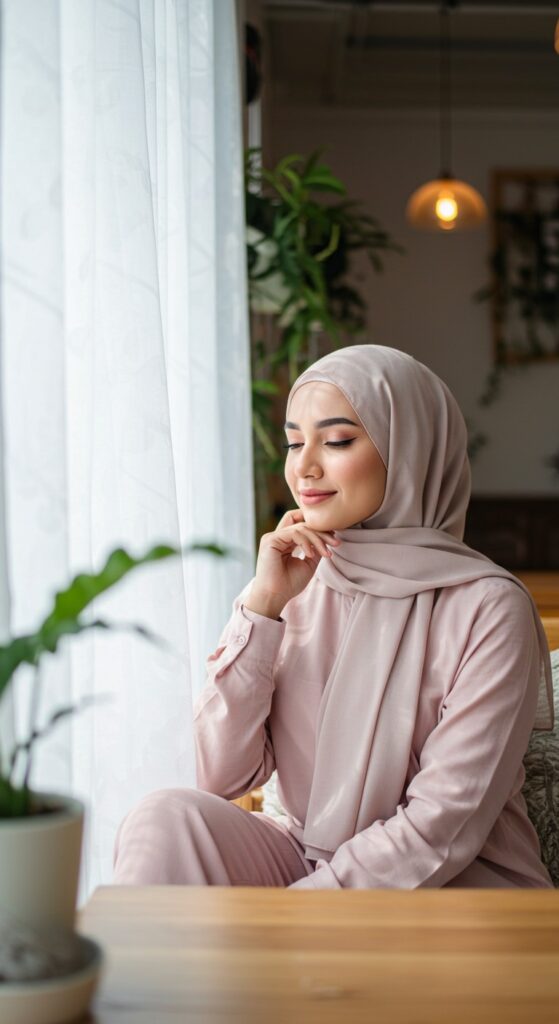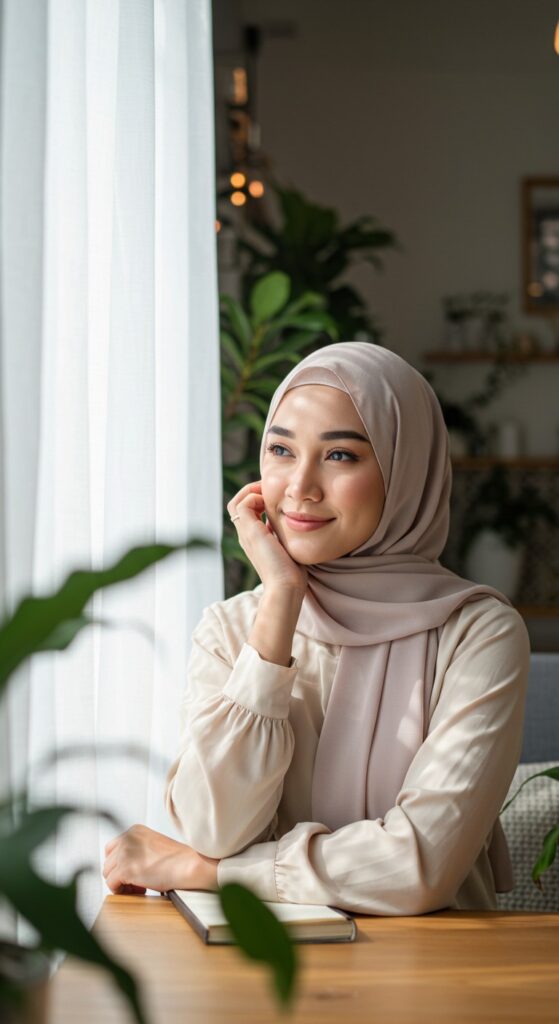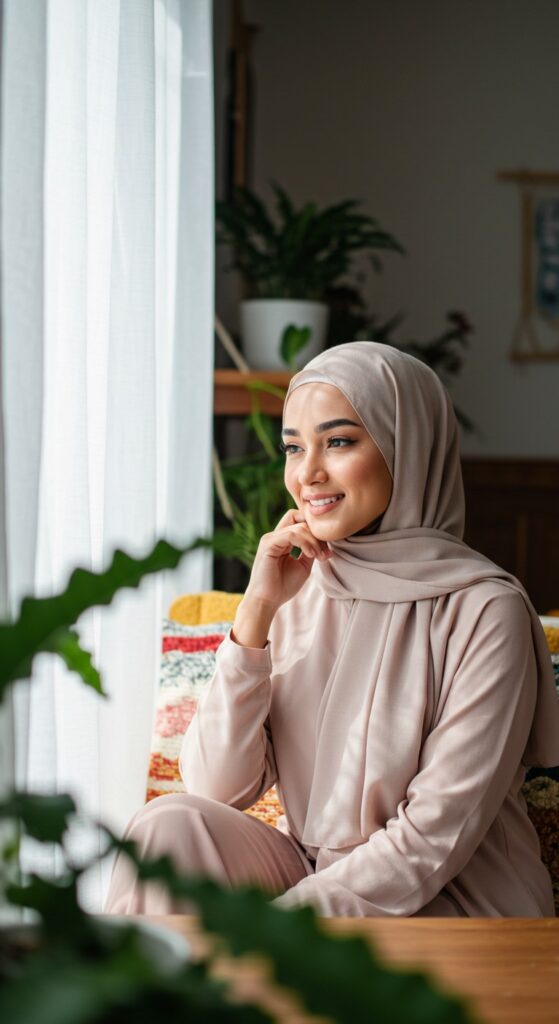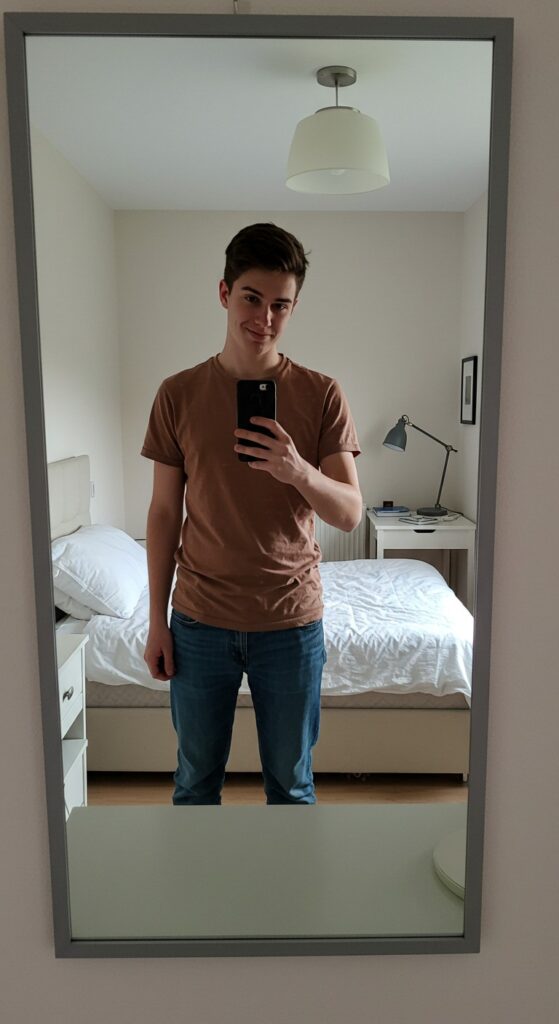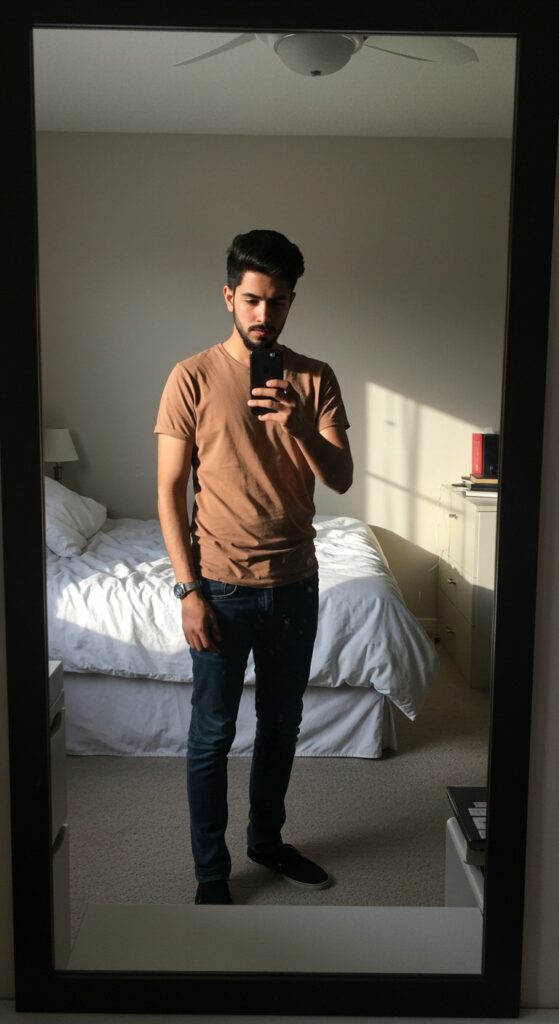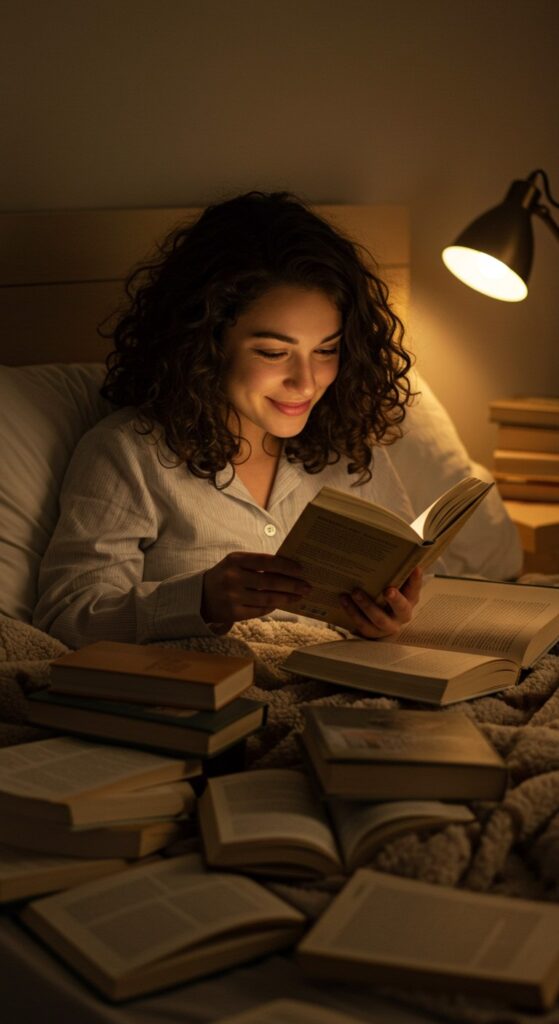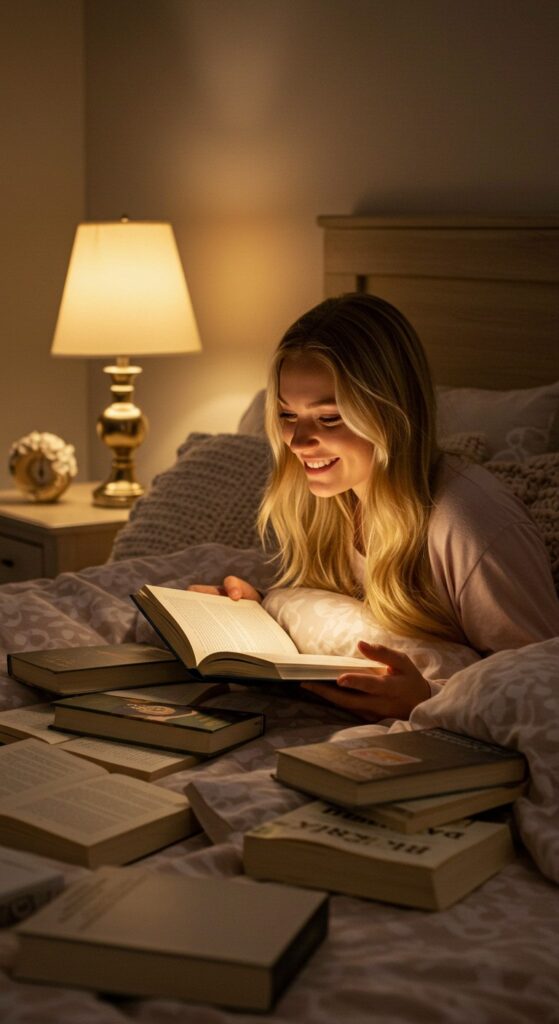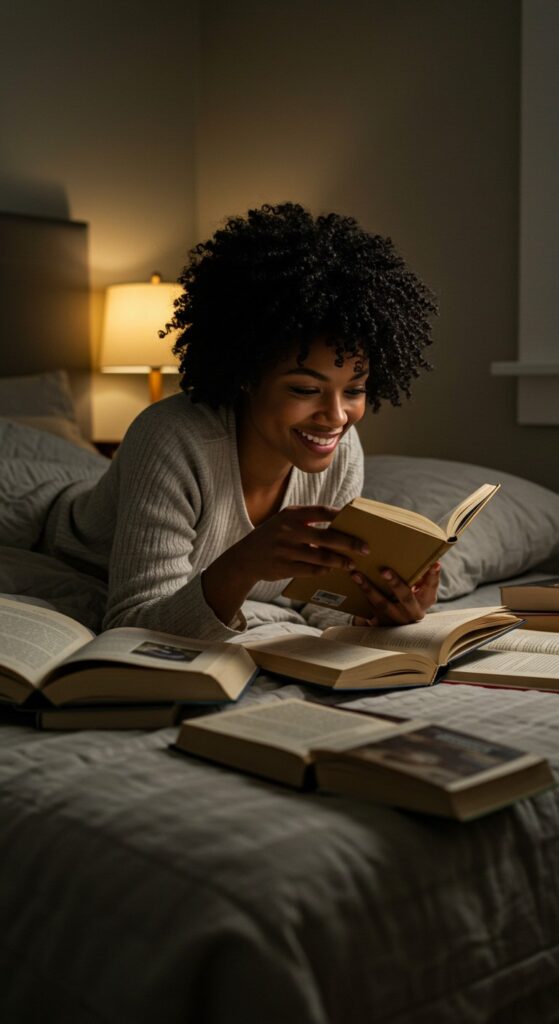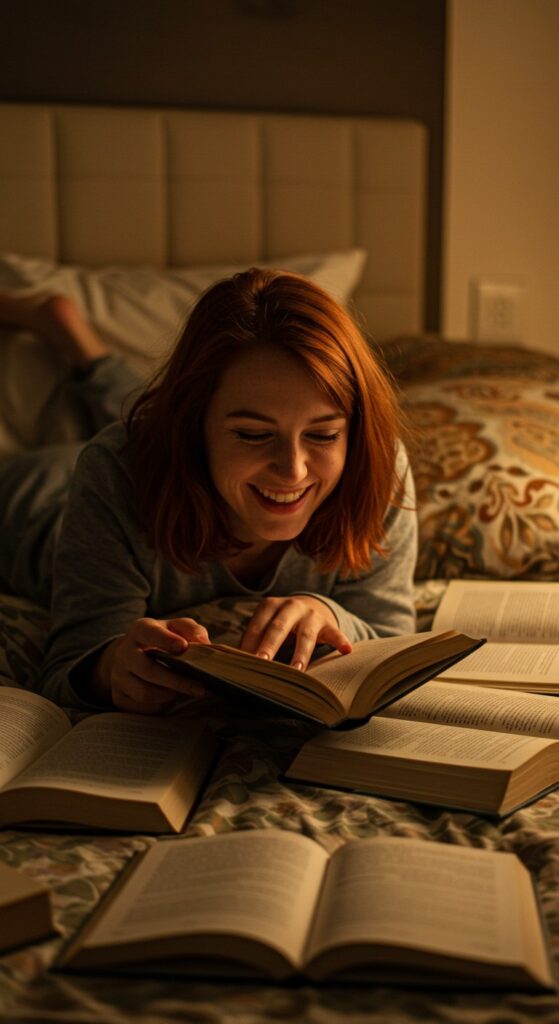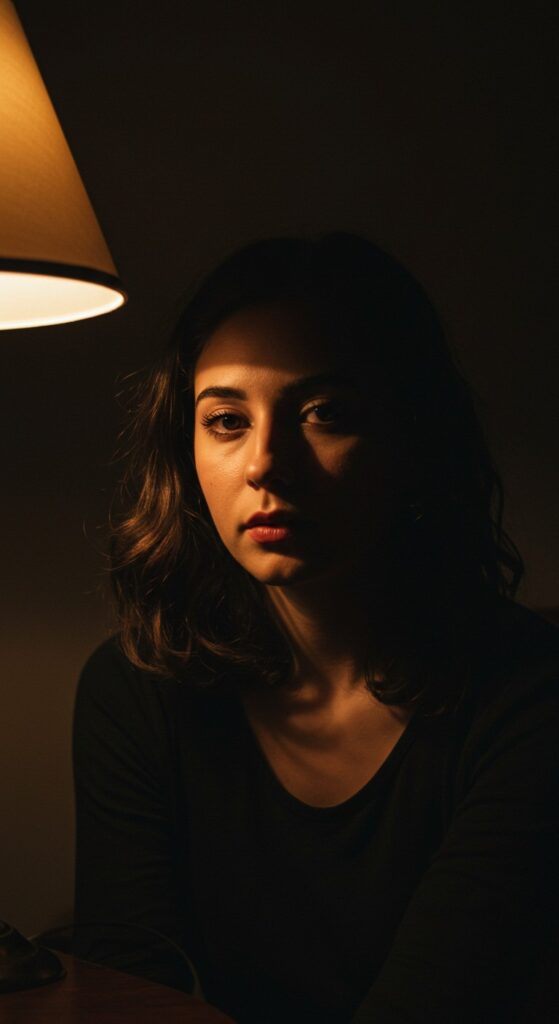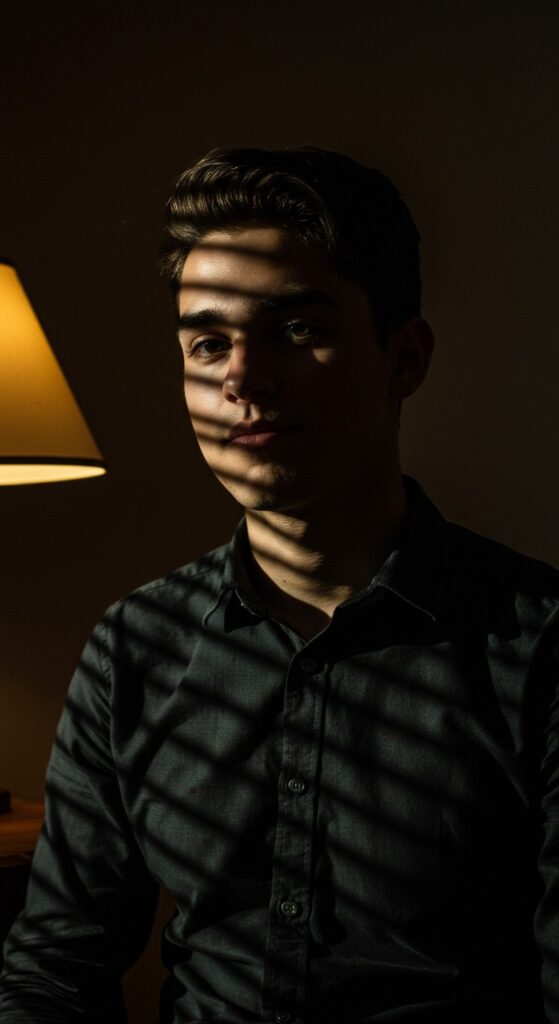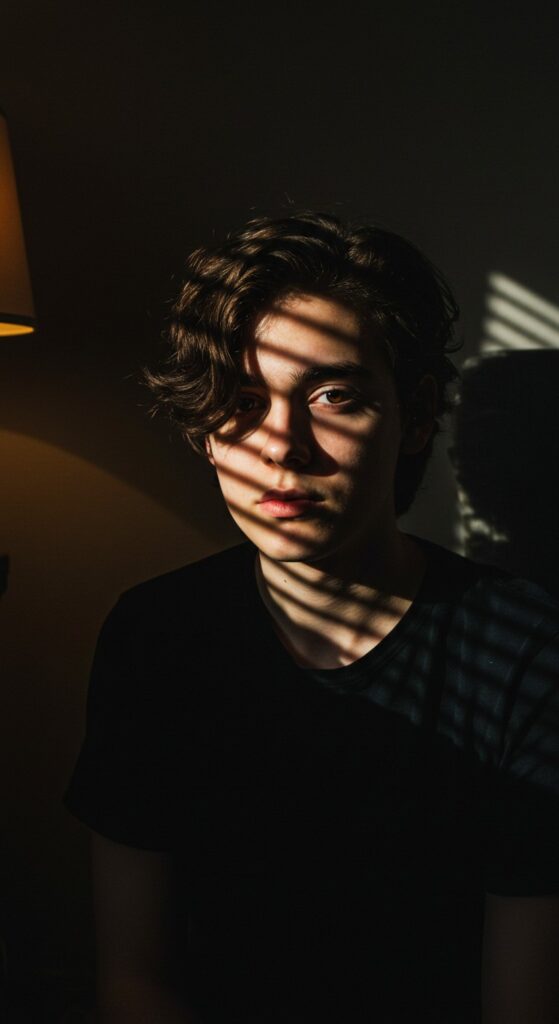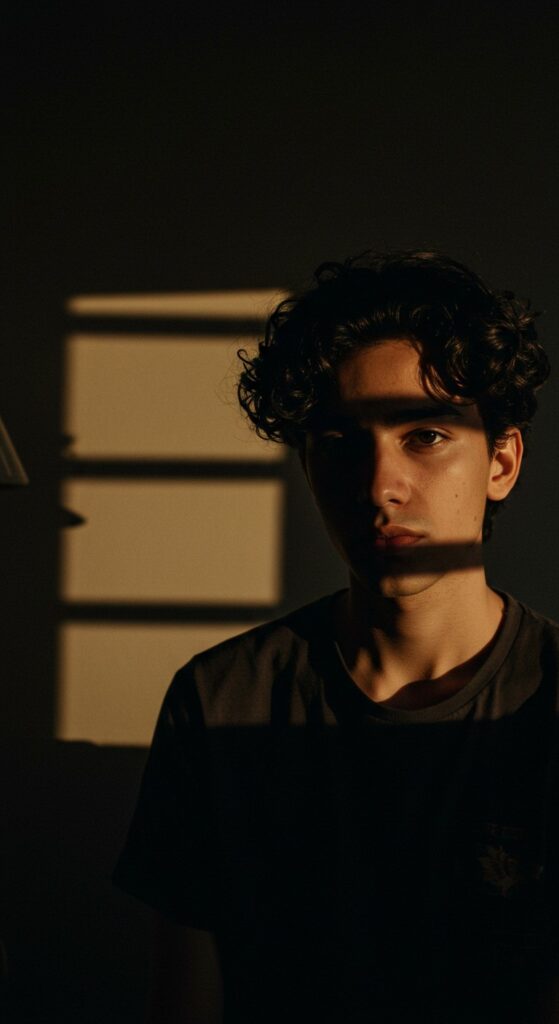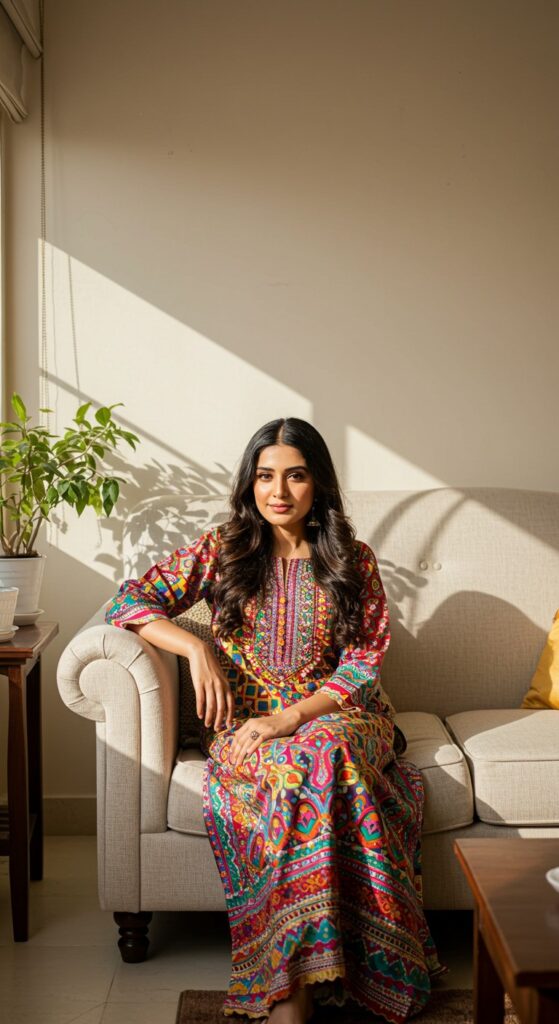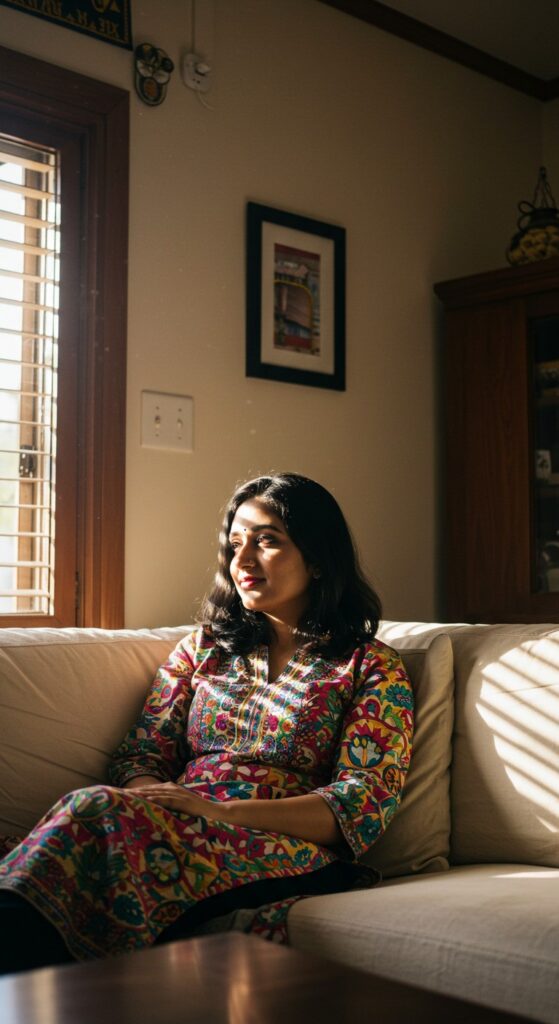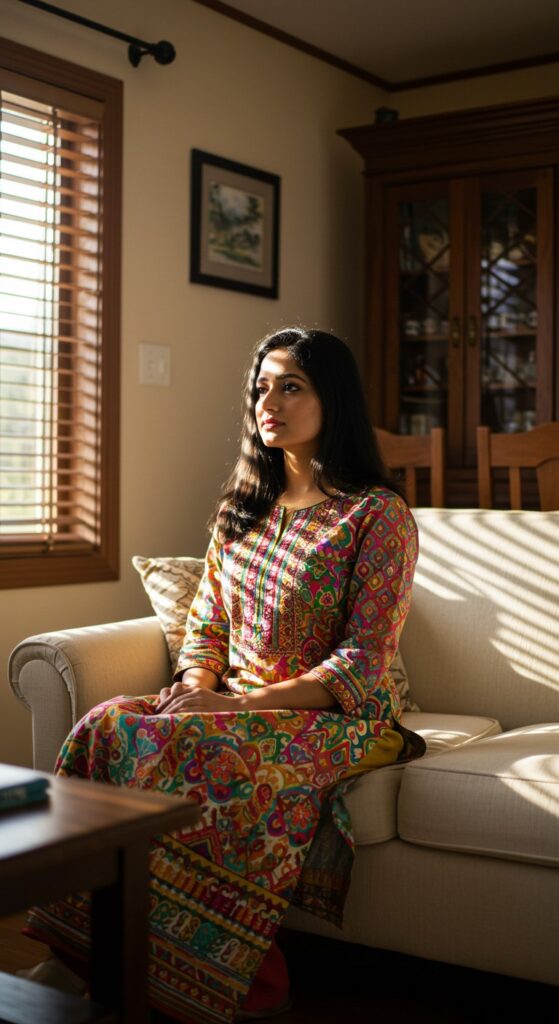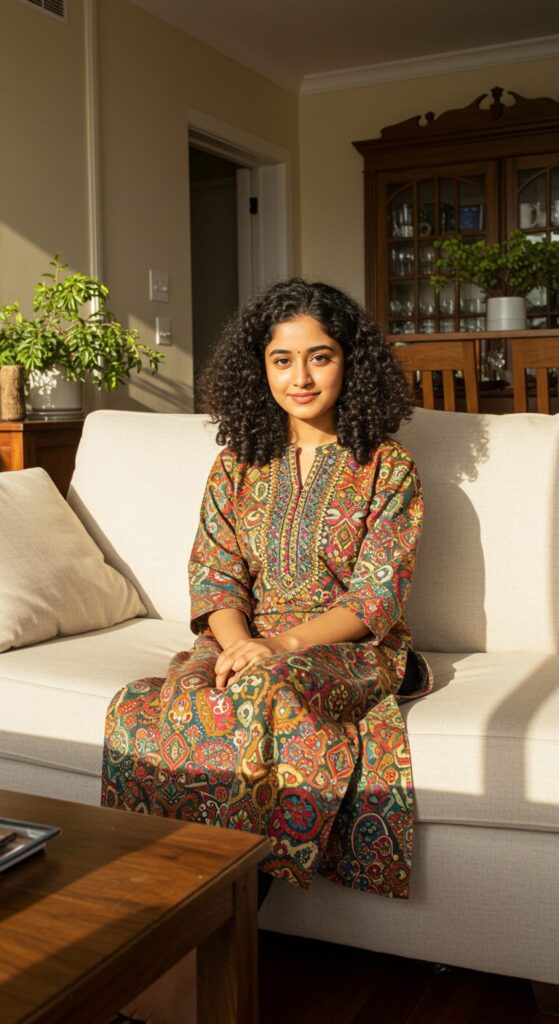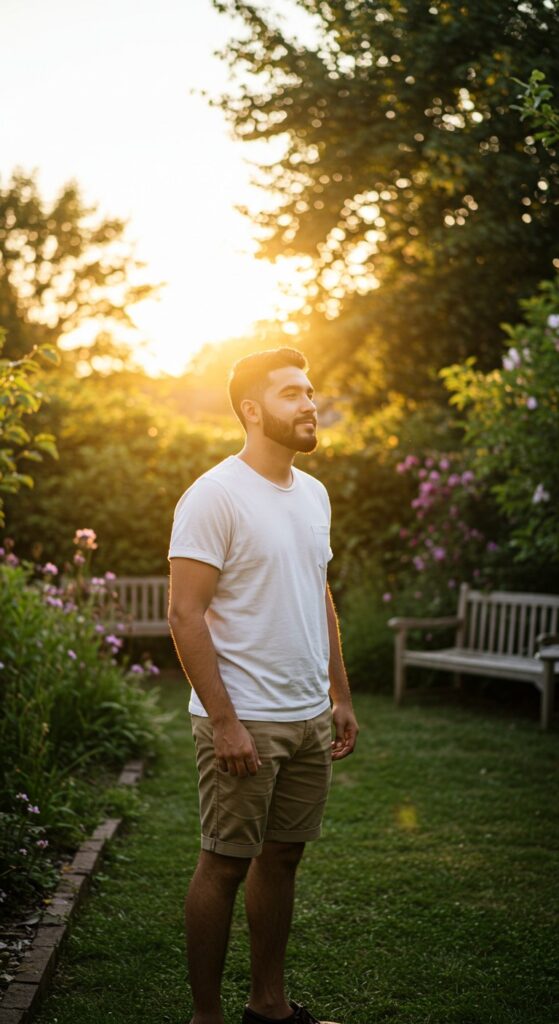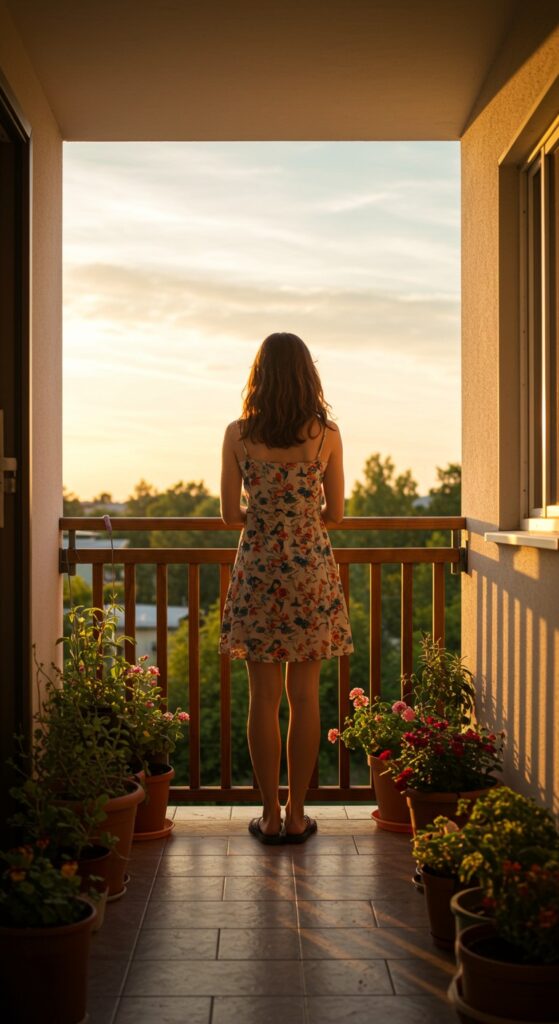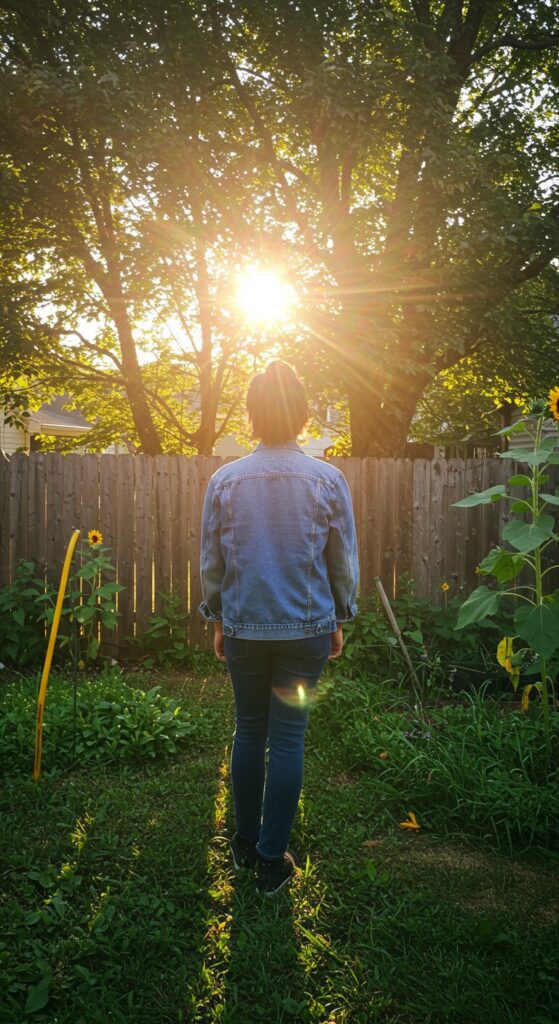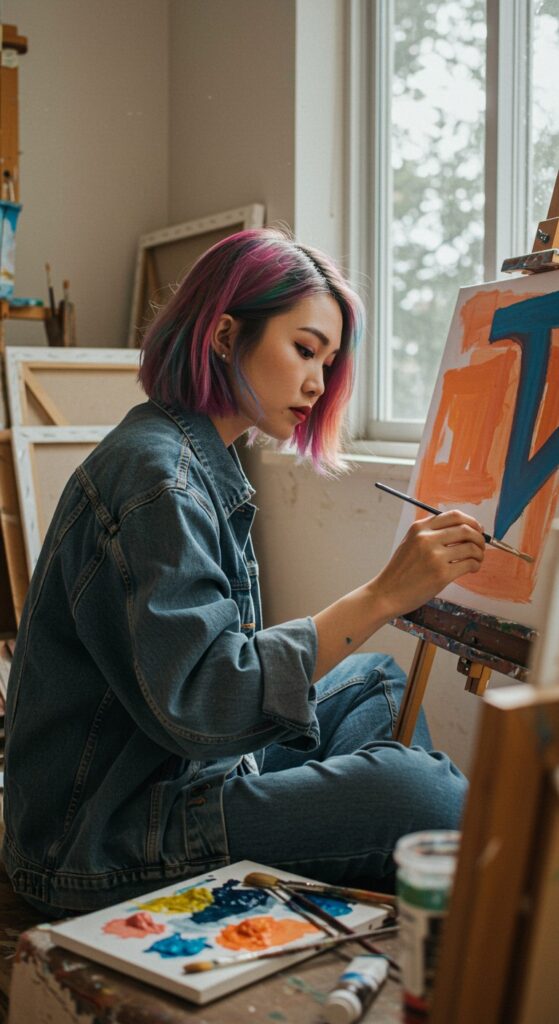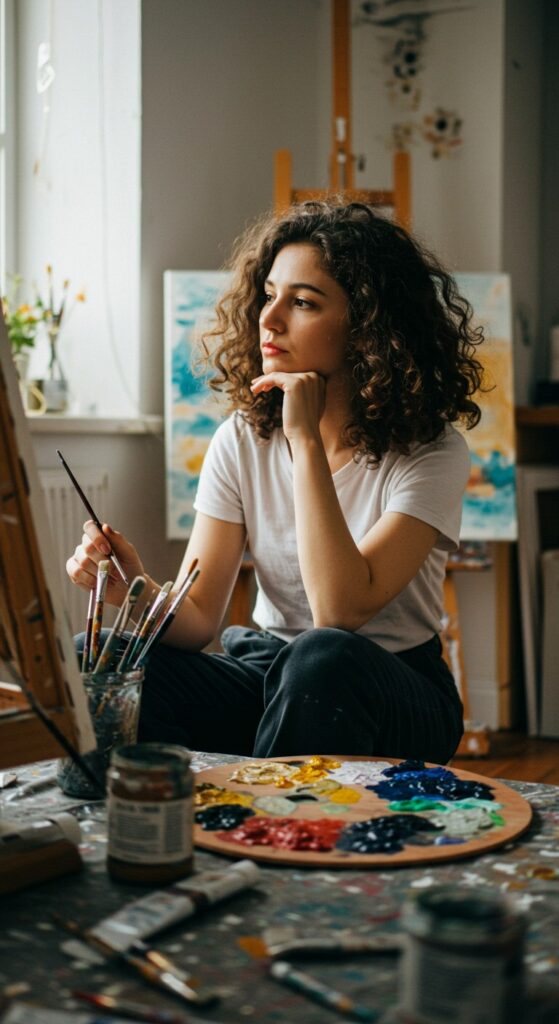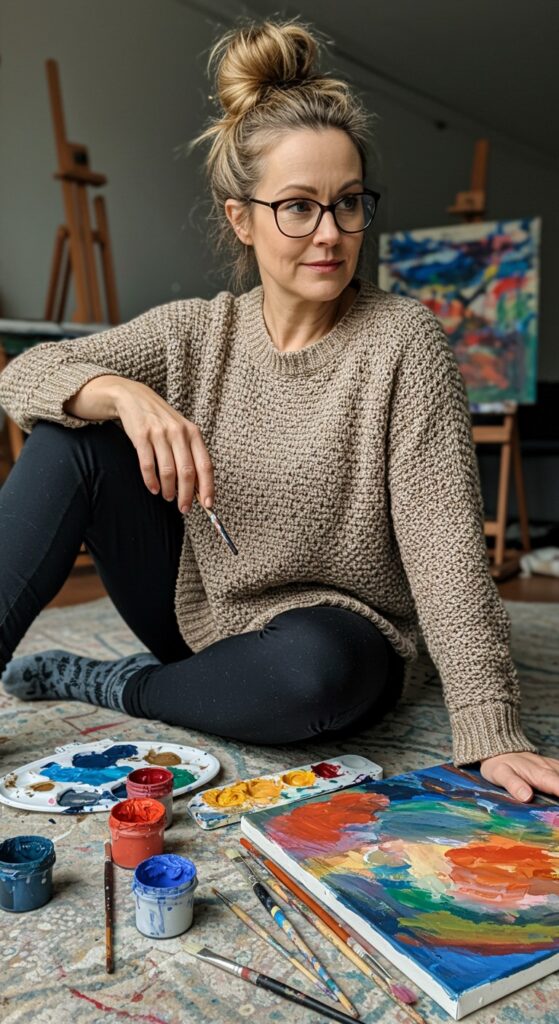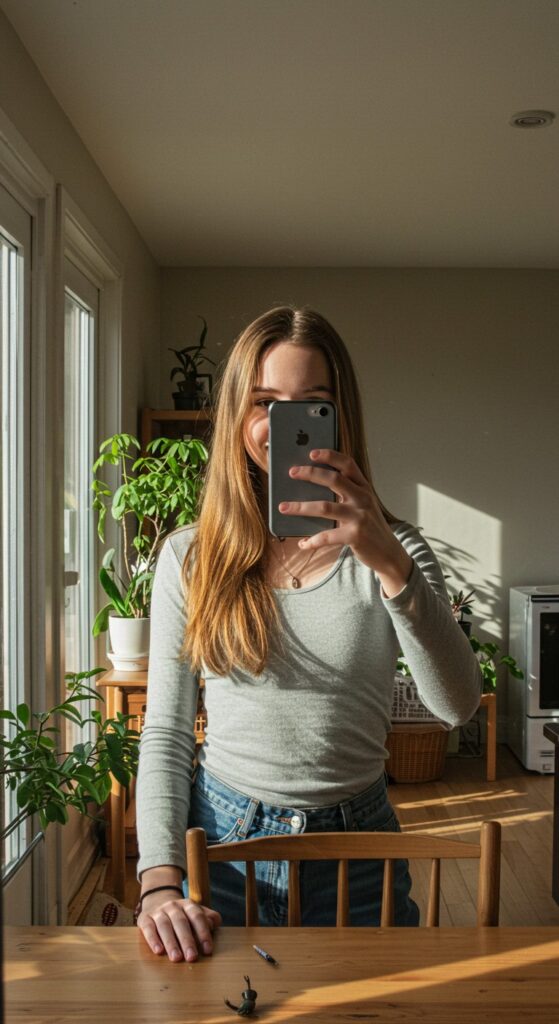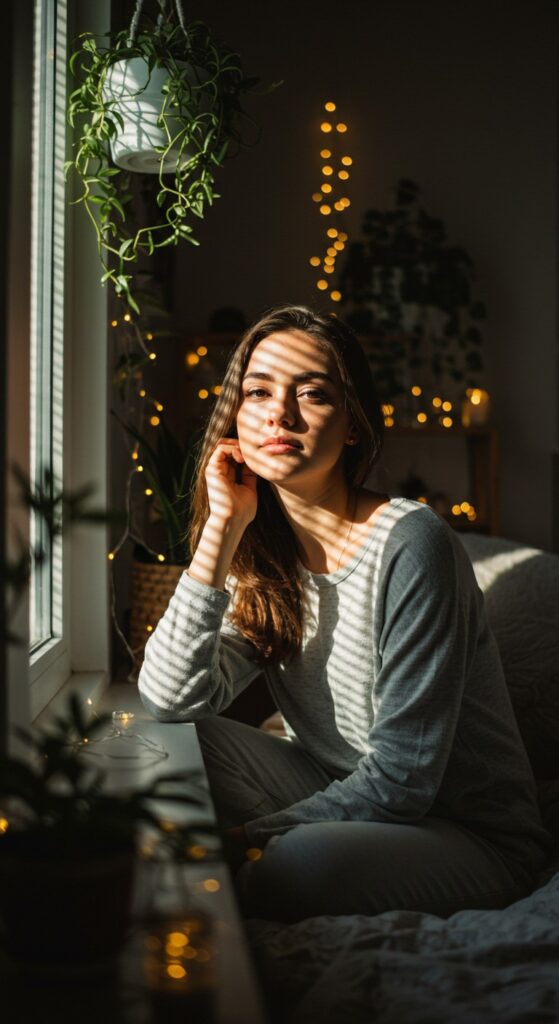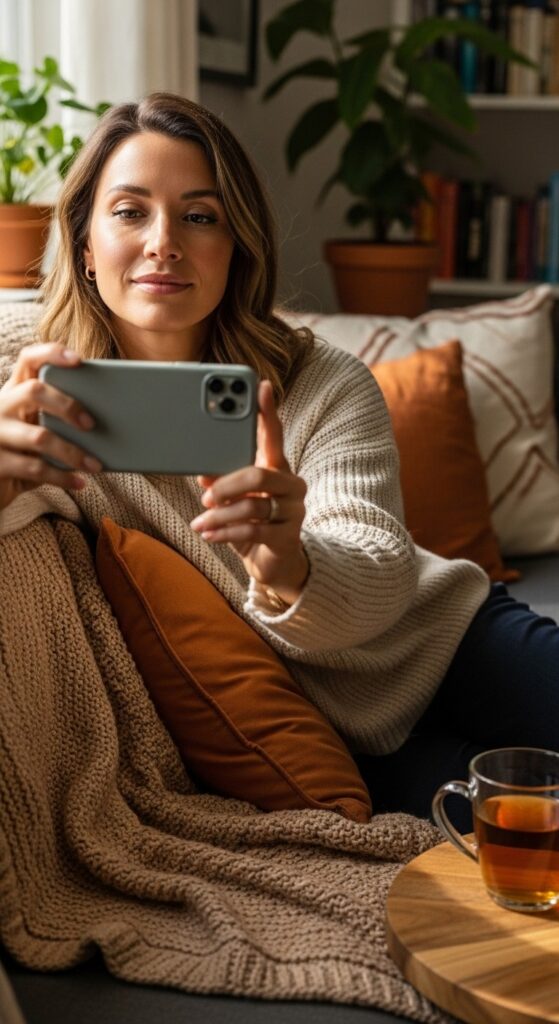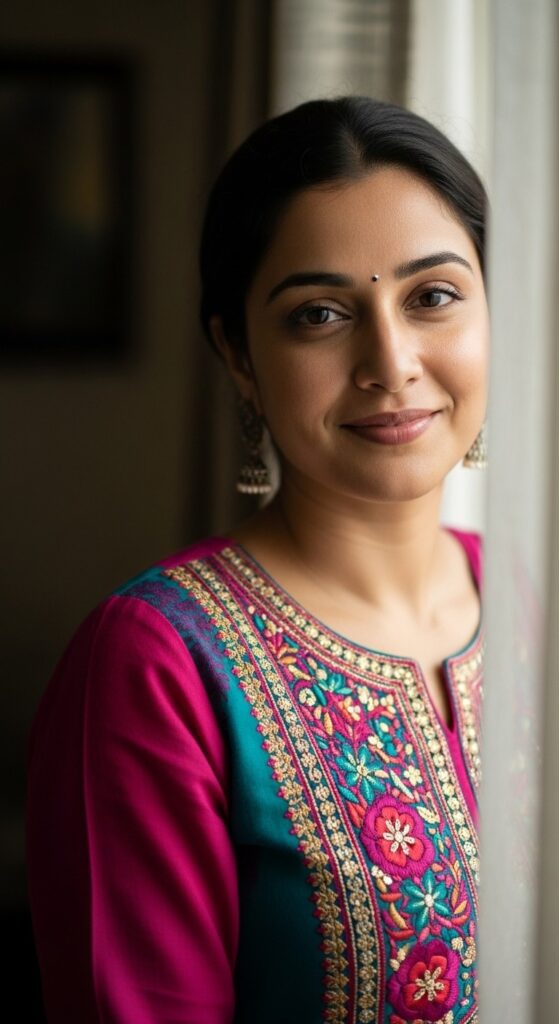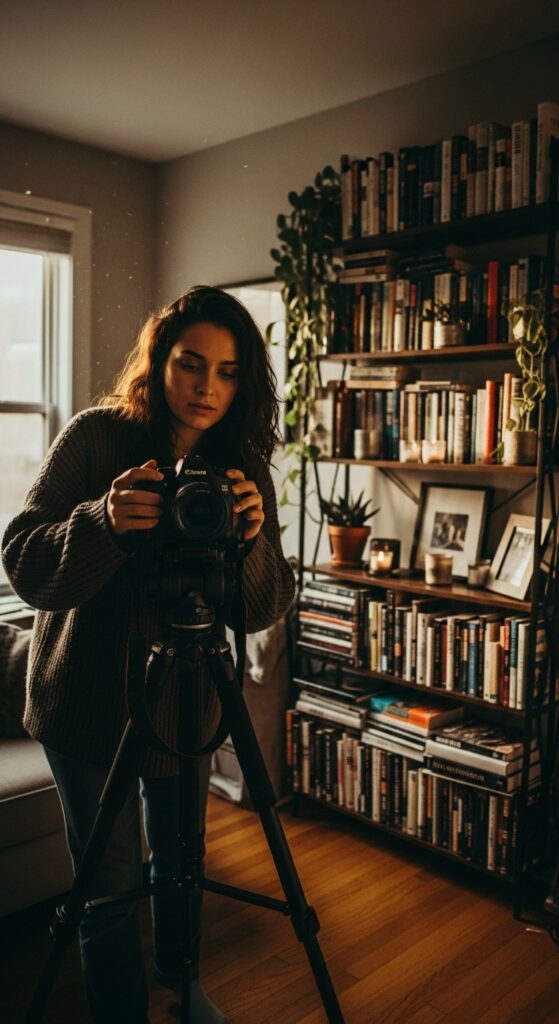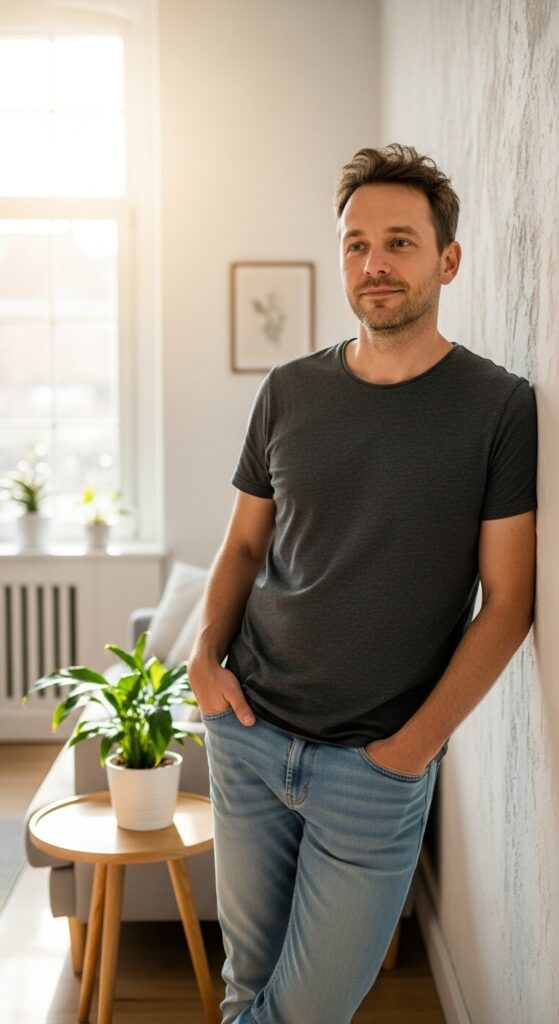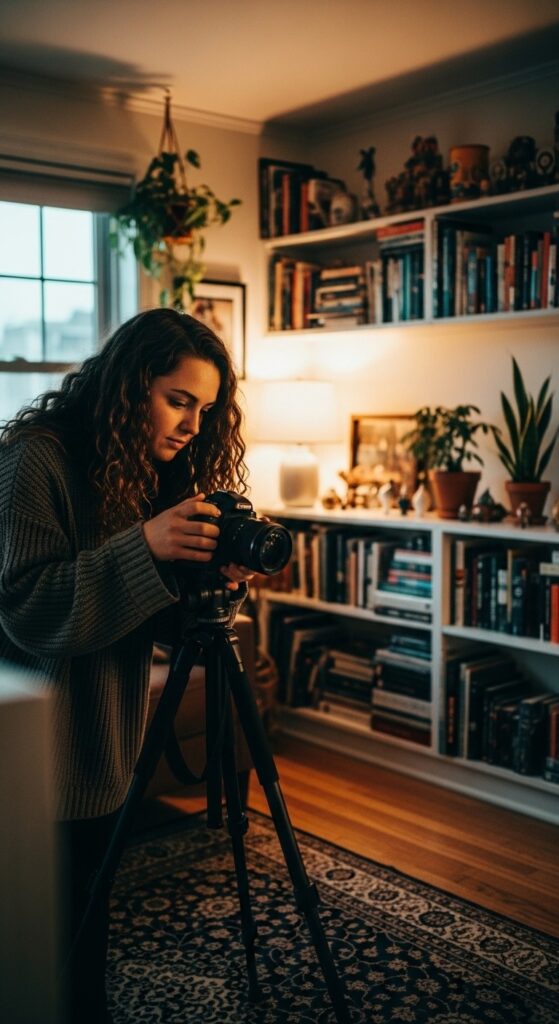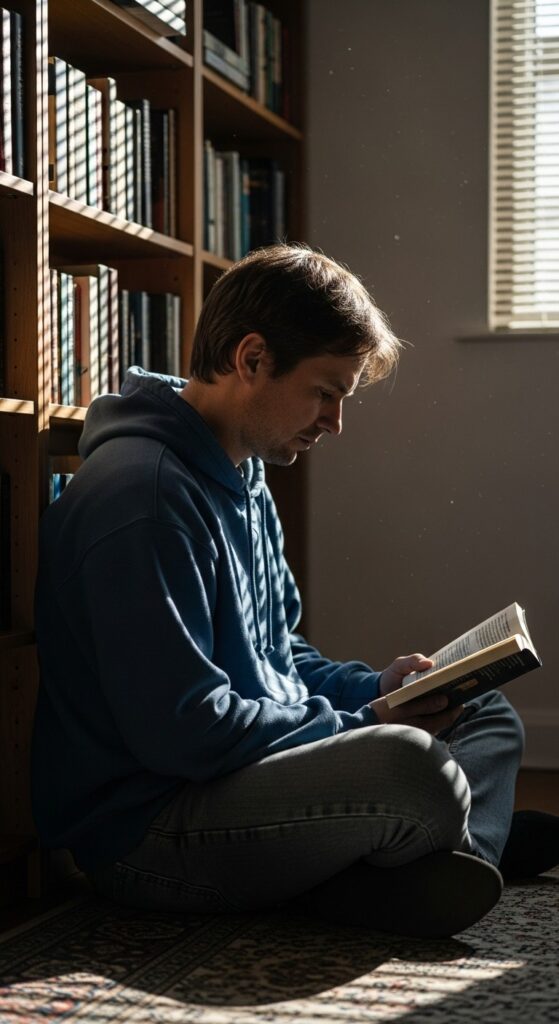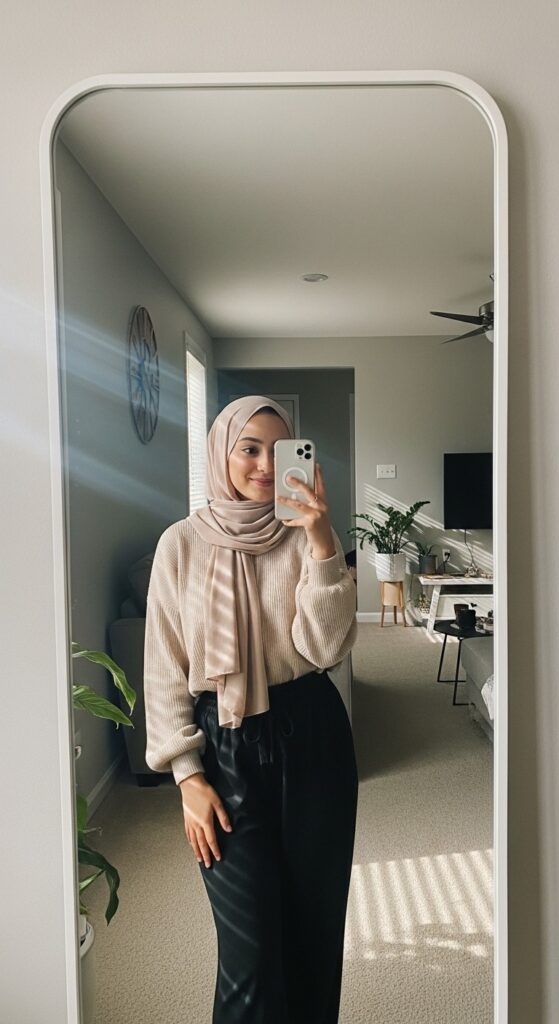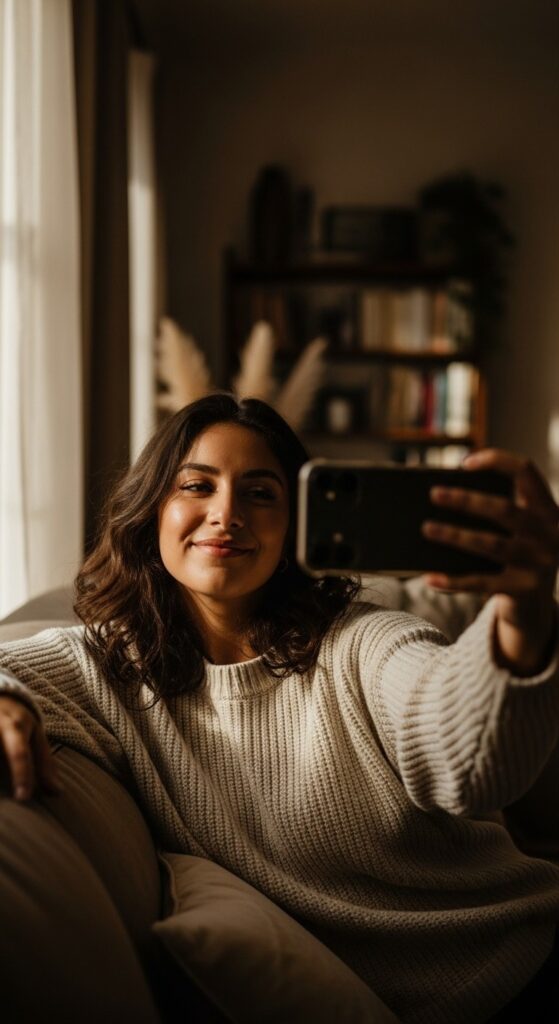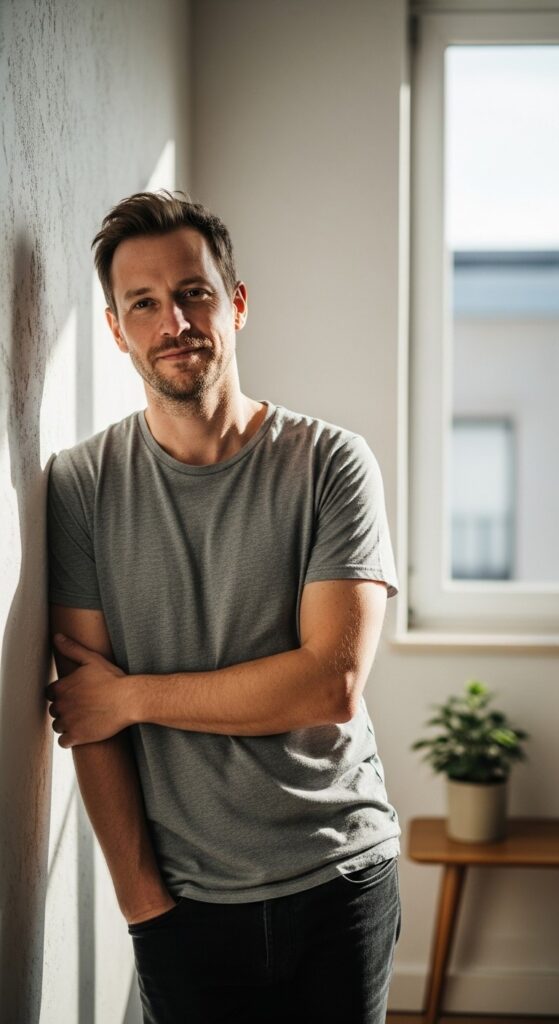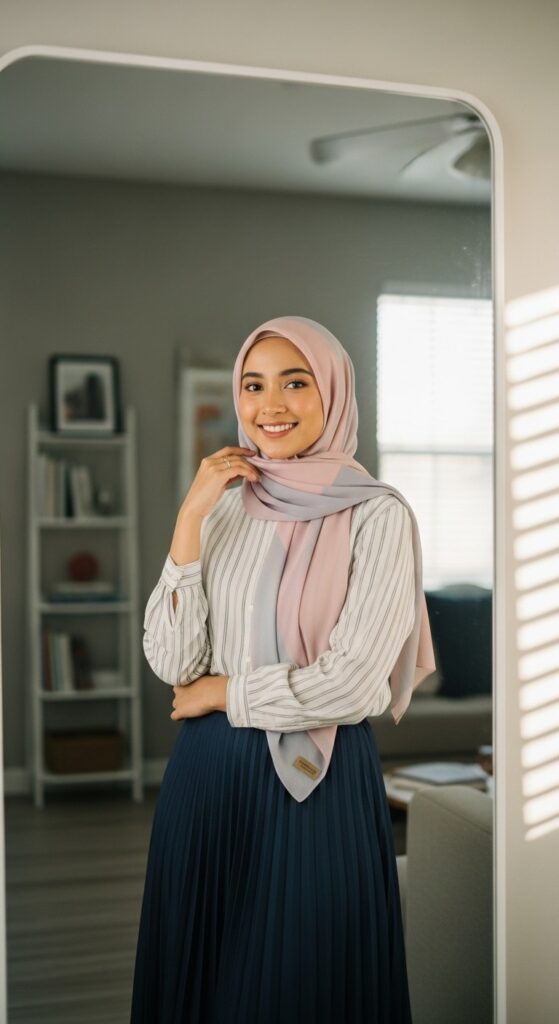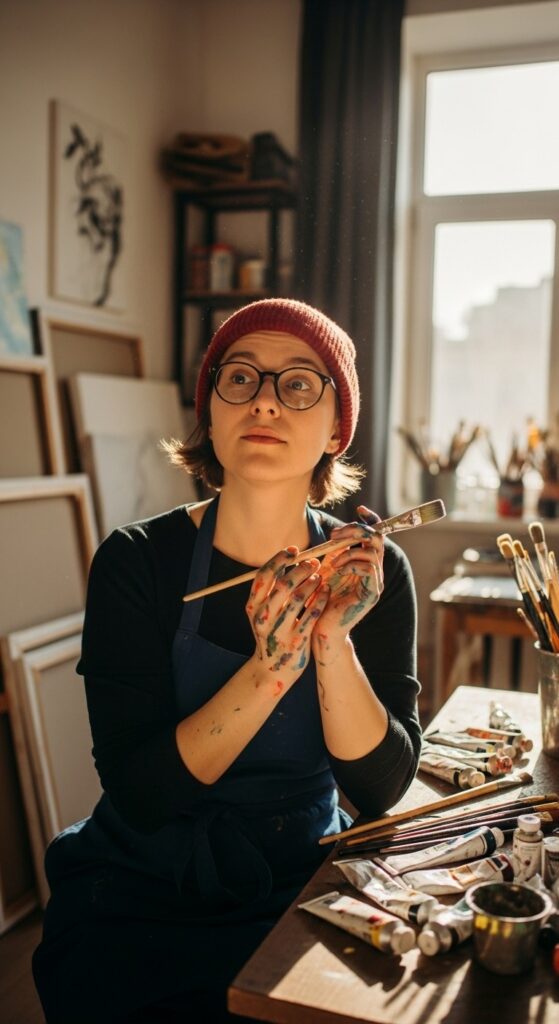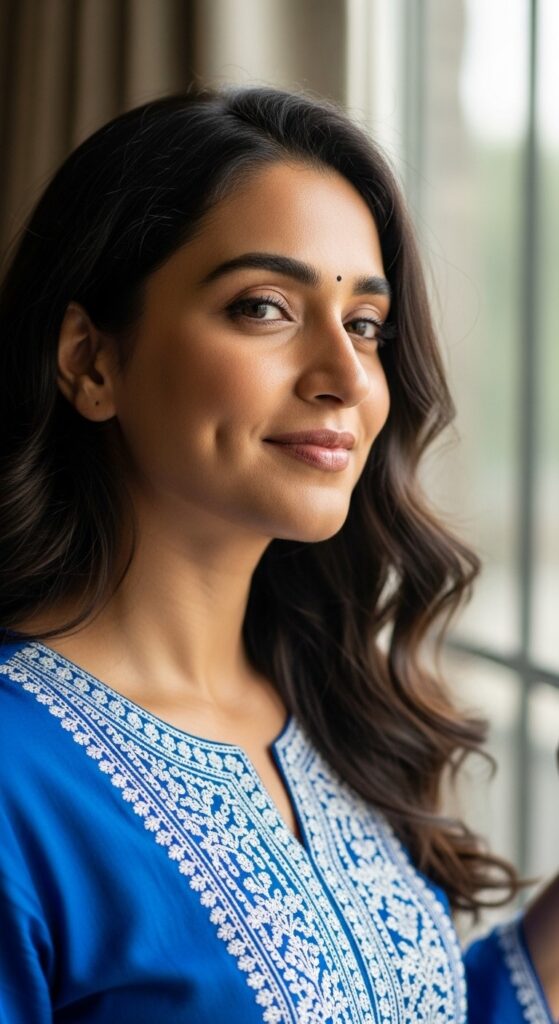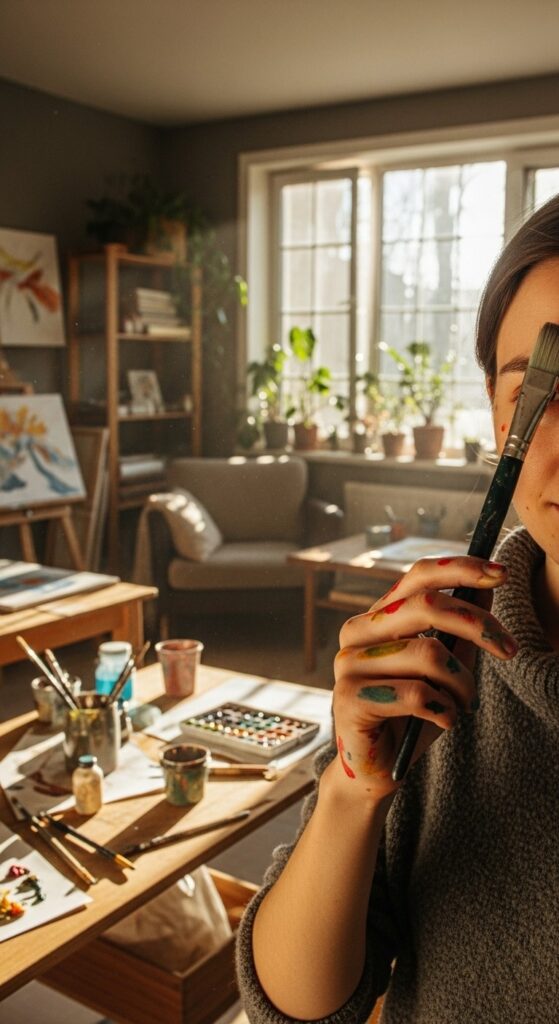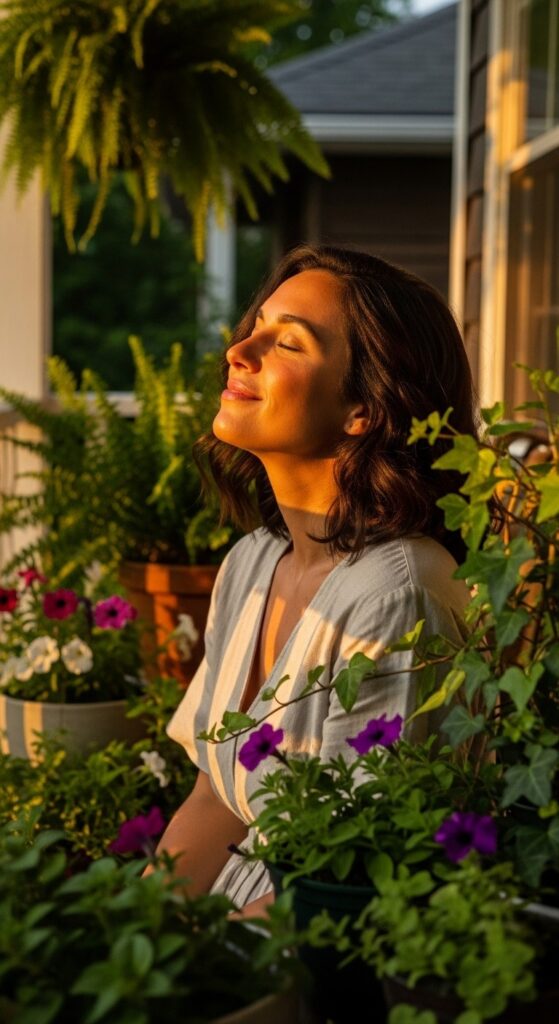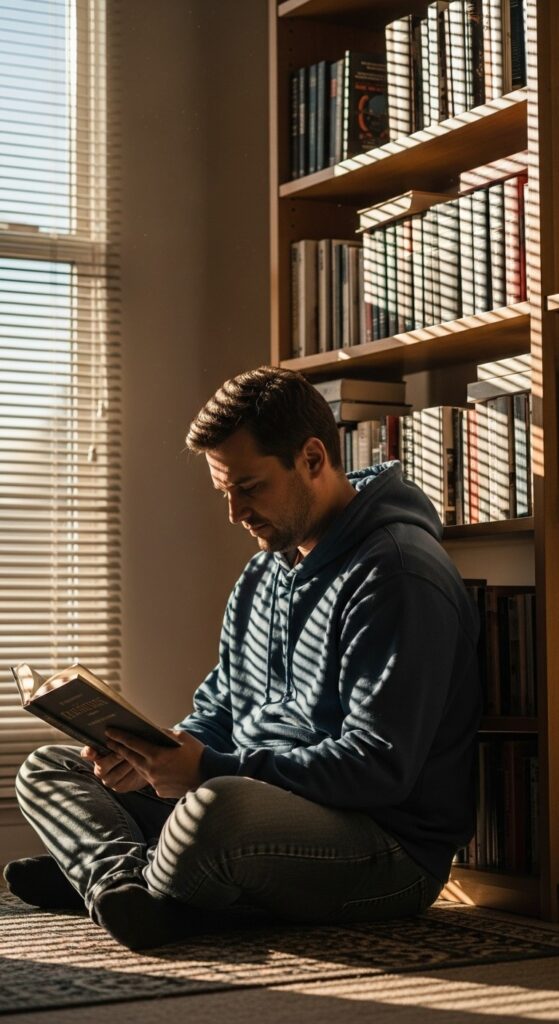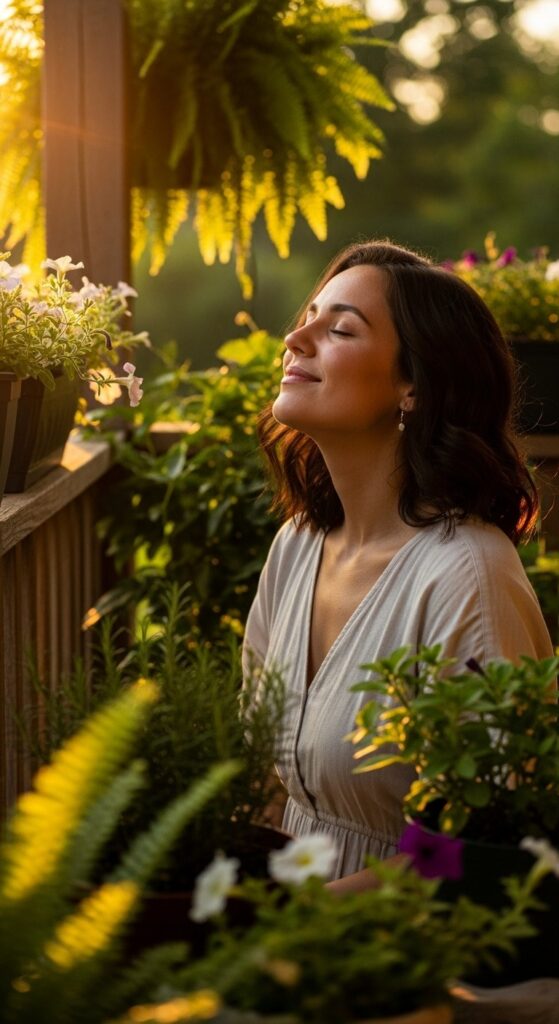You don’t need a fancy studio or a professional photographer to take amazing portraits of yourself. With just a little creativity, your home can become the perfect backdrop for stunning self-portrait photography. Whether you want to capture your mood, tell a story, or simply experiment with lighting and angles, self-portrait photography is a beautiful way to express who you are.
The best part? You can do it all by yourself, right from the comfort of your home — no need for expensive setups or professional equipment. Let’s explore what self-portrait photography really means, the best gadgets to use, and how to create an inspiring environment for your shots.
What Is Self Portrait Photography?
Self-portrait photography is the art of taking photos of yourself — but it’s more than just a selfie. It’s about using photography as a tool for storytelling and self-expression. Unlike a quick snapshot, a self-portrait involves thought, creativity, and emotion.
It allows you to:
- Experiment with light, poses, and perspective.
- Capture your emotions, style, and personality.
- Practice photography skills without needing a model.
In short, a self-portrait tells your story — how you see yourself and how you want the world to see you.
Best Gadgets for Self Portrait Photography
You don’t need expensive gear to start, but having a few tools can make your photos look more professional and easier to capture.
1. Camera or Smartphone
Modern smartphones (like iPhones or Samsung Galaxy models) have excellent cameras. But if you have a DSLR or mirrorless camera, that’s even better — you’ll get more control over lighting, depth, and focus.
2. Tripod
A tripod is a must-have. It keeps your camera stable and lets you experiment with different angles and poses without needing someone else to hold it.
3. Remote Shutter or Timer
Use a remote control or your camera’s timer setting to snap pictures hands-free. This lets you relax into your poses and get natural expressions.
4. Ring Light or Softbox
Good lighting makes a huge difference. A ring light or a softbox can brighten up your face evenly and eliminate harsh shadows.
5. Reflector
If you don’t have studio lights, a simple reflector (or even a white wall or sheet) can bounce natural light back onto your face for a soft, glowing effect.
6. Backdrop or Curtain
You don’t need a studio backdrop — a plain wall, fabric, curtain, or even your bedspread can become your background. Choose colors that complement your outfit and the mood you want to create.
Creating the Perfect Environment at Home
Your home offers endless possibilities for creative self-portraits. You just have to see it differently.
1. Use Natural Light
Position yourself near a window during the day to take advantage of soft, natural light. Morning and late afternoon are the best times for warm, flattering tones.
2. Play with Shadows
Draw the curtains halfway to create beautiful patterns of light and shadow on your face. This adds depth and emotion to your portraits.
3. Experiment with Mirrors
Use mirrors to reflect your image creatively — capture side angles, reflections, or even abstract shots. It’s a simple yet artistic idea.
4. Add Personal Touches
Include items that reflect your personality — books, plants, art, or cozy corners. These little details tell your story and make your photo more meaningful.
5. Try Different Rooms
Each room in your house can give a different vibe:
- Bedroom: Cozy, calm, and intimate shots.
- Living Room: Natural light and space for full-body poses.
- Kitchen: Fun, candid, and storytelling portraits.
6. Play with Props and Outfits
Try using hats, scarves, or even your favorite mug to add interest. Experiment with colors and textures — simple outfits can look stunning when styled well.
7. Posture and Expression
Relax and move naturally. Try turning slightly away from the camera, looking down, or even laughing. Authentic expressions make your portraits stand out.
45+ Self Portrait Photography Ideas At Home
FAQs About Self Portrait Photography
Q1: Do I need a professional camera to take self portraits?
Not at all! Modern smartphones can produce high-quality images. What matters more is lighting, composition, and creativity.
Q2: How can I take self portraits without a remote?
Use your camera’s self-timer or video mode and extract still frames later. You can also use voice commands on some smartphones.
Q3: How do I pose naturally in front of the camera?
Start by practicing in front of a mirror. Focus on small movements — tilting your head, relaxing your shoulders, or changing where you look. Natural movement always looks better than forced posing.
Q4: What are some editing tips?
Use apps like Lightroom, Snapseed, or VSCO to adjust brightness, contrast, and tones. Keep your edits subtle for a natural look.
Q5: How do I get creative with self portraits at home?
Experiment with themes — dreamy window shots, moody shadows, colorful backdrops, or minimal close-ups. Let your imagination guide you.
Conclusion
Self-portrait photography is more than just taking a picture — it’s a form of self-expression and creativity. At home, you have all the tools you need to tell your story: light, space, and your own personality. With the right mindset and simple gadgets, you can turn everyday surroundings into a personal studio.
So grab your camera, play with angles, and capture the real you. Remember, the goal isn’t perfection — it’s authenticity. Every photo you take is a reflection of your journey and your creativity.
